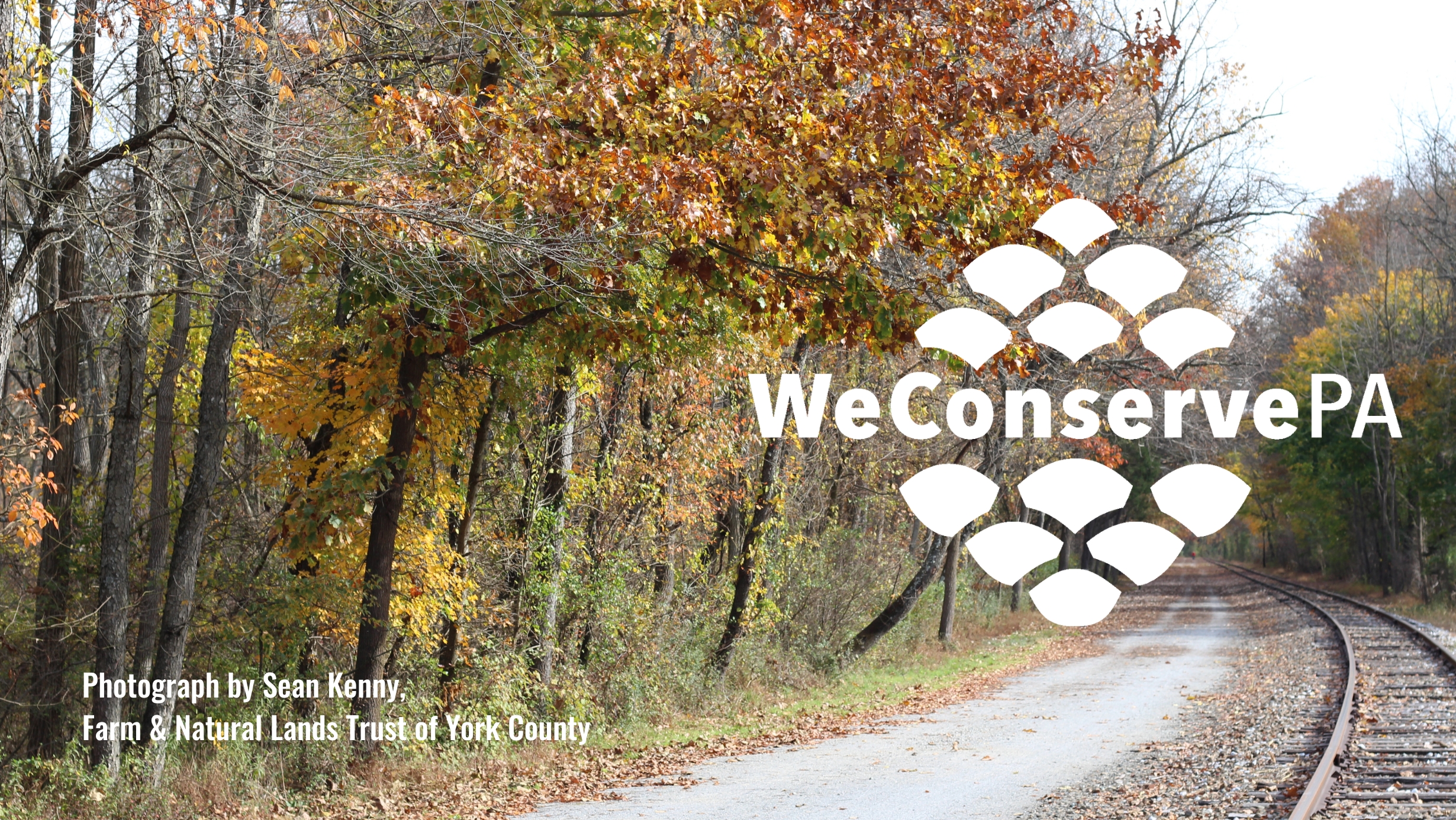Forest Fridays: Getting the Most Out of Penn’s Woods – Technologist
Getting the Most Out of Penn’s Woods
by Ryan Reed
The DCNR Bureau of Forestry manages state forests to benefit Pennsylvanians through a wide range of uses and values, one of which is timber. As the #1 state for hardwood growing stock, production, and exports, timber is a major part of Pennsylvania’s industrial identity and agricultural heritage. The timber industry accounts for about 10 percent of Pennsylvania’s manufacturing workforce and results in $39 billion in direct economic impact, annually.
Timber Harvesting and Ecosystem Management
We’ve come a long way since the days of timber exploitation over a century ago when irresponsible harvesting practices took a larger (and avoidable) environmental toll in the form of widespread erosion, wildfires, and habitat loss. Our professional predecessors (like J.T. Rothrock, Mira Lloyd Dock, and Gifford Pinchot) helped bring forest management into a new era that espoused responsibility and stewardship of resources.
Today, the DCNR Bureau of Forestry’s approach is ecosystem management, whereby ecosystem function is retained while sustainably meeting the needs of people. In short, the wants and needs of people (as part of the ecosystem) must be accounted for, including jobs and raw building materials, without damaging the resource.
Sustainable Harvests and Other Benefits
Sustainably harvesting timber provides myriad benefits unrelated to the economic points made above. Many forest dwelling species are dependent on young forests to thrive, like our state bird, the ruffed grouse. The PA Game Commission estimated we need 10 percent more young forest habitat throughout the state “to benefit the most species” and identified timber harvesting as a “major priority”.
It is well known that trees store carbon and thus make natural climate change solutions. Timber harvesting takes that concept one step further by producing raw material for durable wood products that store carbon. The carbon contained in goods made of wood can be stored for centuries, while the spot where that wood once stood can grow another tree. It’s also widely accepted that wooden structures have a significantly lower carbon footprint compared to steel or concrete.
Actively Managed Forests Stay Productive and Resilient
Foresters tend to think of the woodlots they manage for timber production in a similar manner to how farmers see their fields or how fruit growers view their orchards. They are always observing, taking continuous inventory of trends and conditions. Foresters actively monitor for adequate regeneration and watch for outbreaks of insect pests or newly establishing invasive plant populations. When necessary, they take action to protect the forest, ensuring its long-term health. It’s important to note that forests under less scrutiny, which are not evaluated and managed for their timber potential, are often those that suffer the worst effects from our major forest health challenges because the effects are noticed too late.
The Bottom Line
An active timber harvesting program provides many benefits to Pennsylvanians and our native organisms that rely on young forest habitat. To gain the most benefit from our forests, sustainable timber harvesting is an essential practice that meets the needs of our people and forest inhabitants.
Forest Fridays is a project of the Pennsylvania Department of Conservation and Natural Resources, Bureau of Forestry. Shared with permission. All photos courtesy of DCNR, Bureau of Forestry.



